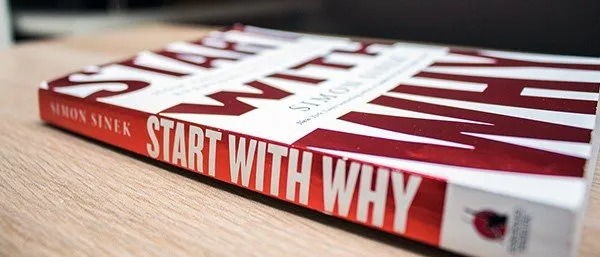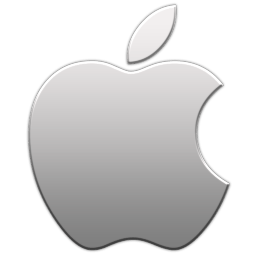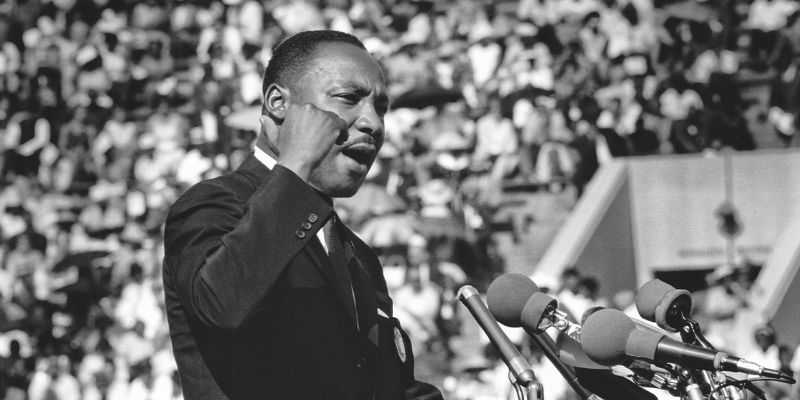Great Leaders Start with Asking “Why”
Why is it that some businesses can achieve exponential success and other businesses cannot? All businesses have the same access to talent. Simon Sinek gives explanations in his book, “Start With Why” and his Ted Talk YouTube video of why people and businesses stand out from the rest.

I was having lunch with my friend Bonnie when she told me about a YouTube video with Simon Sinek speaking about his book explaining the reasons why we are in business and that when we understand the reason, we need to clearly articulate that to our audience. Simon Sinek is an author and motivational speaker who wrote the book, “Start with Why.” When I got back to the office, I watched the 18-minute video and wanted to share my thoughts with you. While the book was written in 2009 and the YouTube video was recorded in 2010, the principles are still the same. Even if you’ve already seen the YouTube video or read his book, skim through my summary to see if you find new information. I hope it inspires you and your business!
Why is it that some businesses can achieve exponential success and other businesses cannot? All businesses have the same access to talent.
Why are some more innovative than others?
What do these successful businesses do differently?
Simon Sinek gives a simple explanation of why people and businesses stand out from the rest. The reason is because these people think, act, and communicate differently. Most businesses explain WHAT they do… HOW they do it…and WHY they do it. Great leaders explain their business in the opposite order. They tell WHY they do what they do… HOW they do it… And WHAT they do.

This is the key to inspiring others to take action. When a customer feels inspired to buy a product, rather than manipulated, they will be able to verbalize why they think they bought is the best. Every single company and organization on the planet understand WHAT their company does. HOWs are often given to explain how something is better. WHY’s are intangible.
Ask yourself, “WHY did we start WHAT we’re doing in the first place? Simon says, “People don’t buy what you do. They buy why you do it!”
Simon gives three examples that clearly explain the difference.

| Example 1: There is no doubt that Apple has a large chunk of the industry. But why are they so popular? Simon says that they stand out because of the way they market their product. They could say, “We make great computers. They are beautifully designed and simple to use. Want to buy one?” Instead, Apple sells this way…”We believe in challenging the status quo with everything we do. We believe in thinking differently. We make our products beautifully designed and simple to use. |
| “Want to buy one?” Now I can see the difference in the language and the order used! Apple’s “Think Different” campaign never shows advertisements with groups of people enjoying their products. Their campaign portrays individuals who think differently. Apple never targets groups, only individuals, because empowering the individual spirit is WHY Apple exists. |
| Example 2: In another scenario, Simon talks about Samuel Pierpoint Langley and his pursuit of flight. Mr. Langley was given $50,000 by the War Department to figure out a flying machine. He had a plethora of connections, |
| having attended Harvard and worked at the Smithsonian. He hired the best minds that money could buy. The New York Times followed him around everywhere. Not only did Langley want to be rich, but he also wanted to be famous. A few miles away in Ohio were the Wright brothers—Orval and Wilbur. They had none of the things that Langley did. Their dream was funded from the proceeds of their bicycle shop. None of the persons on the Wright brothers’ team had a college education. The difference between the Wright brothers and Langley is that Orval and Wilbur were driven by a cause, a purpose, a belief. They believed that if they could figure out this flying machine, they could change the course of the world. Once Langley heard the news that the Wright brothers had a successful flight, he quit. |

Example 3:
The last example that Simon speaks about in his talk is about Dr. Martin Luther King. People showed up for his speech because they believed in what he had to say. Dr. King explained why rather than how. He said, “I have a dream”, not “This is the plan”, and identified a WHY that included a vision, values and beliefs that matched his audience. People can follow a dream, but seldom are they inspired to follow a plan.
As the business owner of AdminBooks, a small accounting firm in northern California, I know the reason why in my heart and in my head. It is easy to explain how – how we complete a tax return or how we reconcile a bank account. Our purpose is to provide people with peace of mind. Taxes and money cause an array of emotions…fear, anger, overwhelming anxiety…but am I consistently explaining that our goal is to take the stress out of taxes and bookkeeping?
If you are in pursuit of the results or the riches, you will not prosper.
If you want to inspire others, start with explaining why.




